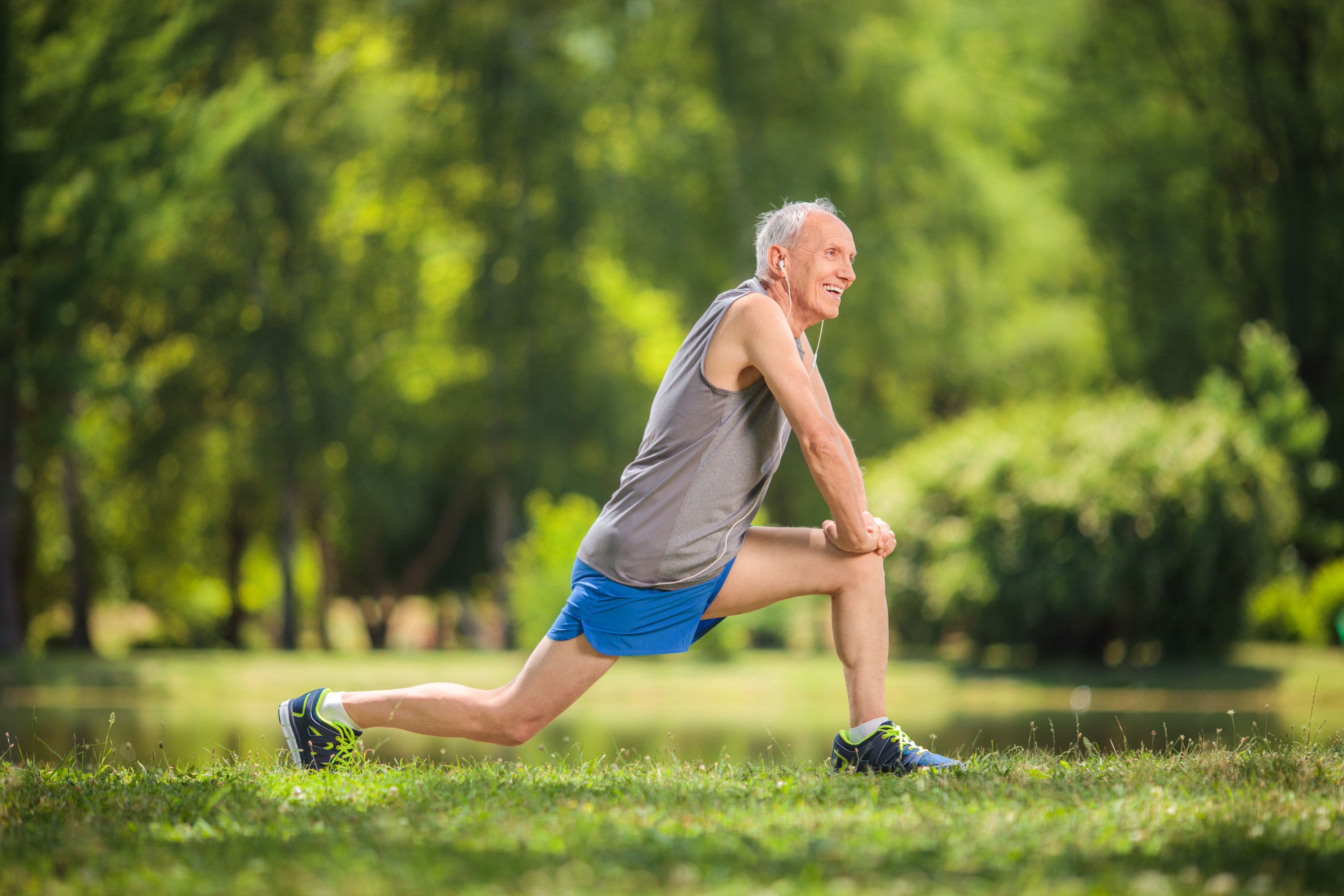 Blogs
Blogs Sports
Definition of sport: sport is the performance of a normal physical effort, or the practice of a certain skill, and it is governed by a set of rules and steps, the goal of which is excellence, fun, entertainment, skill development, and competition. A large number of exercises and skills, such as: yoga, gymnastics, equestrian, swimming, walking, jogging, bodybuilding, long and short jumps, football, basketball and others, and there is no doubt that sports have a large number of benefits to the health of the individual. The benefits of exercise limit and reduce…
















